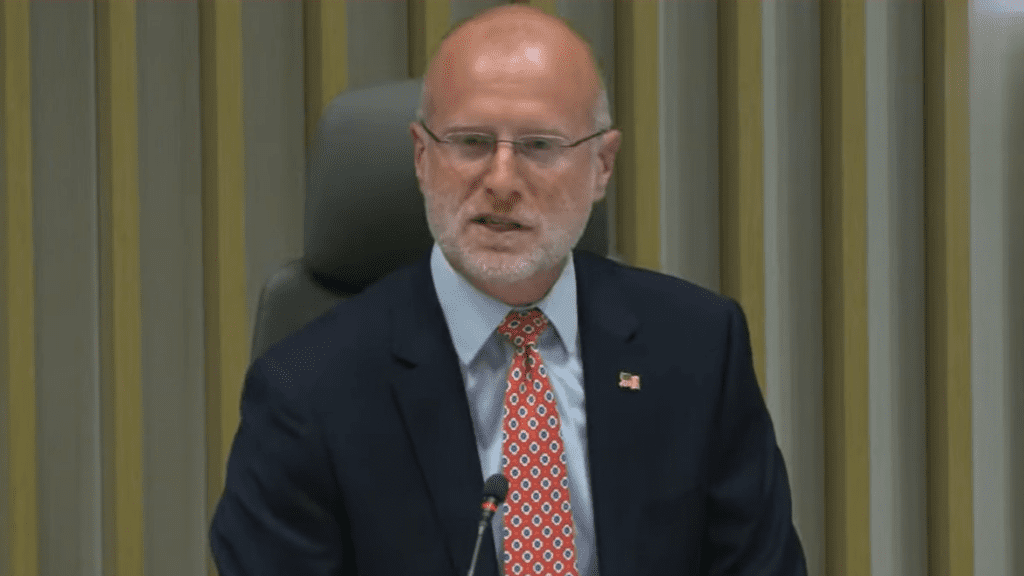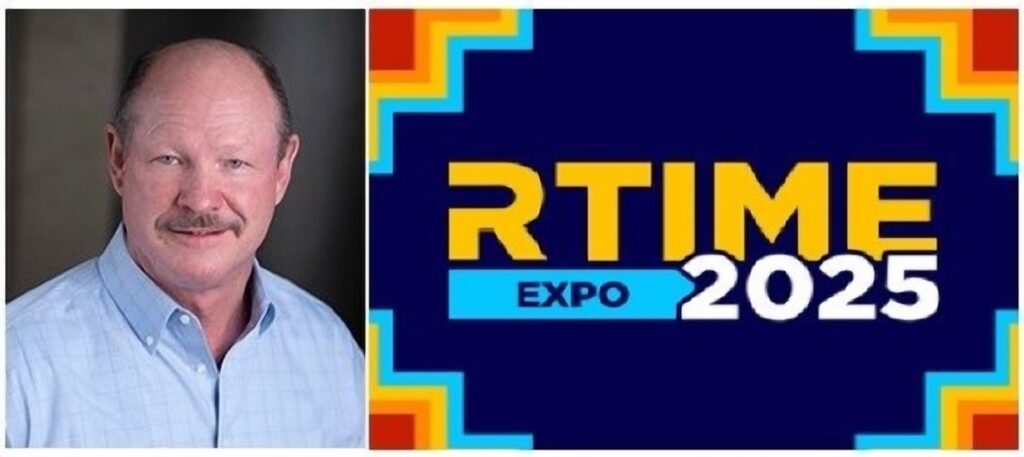20 Years Later, NRTC Mobile Solutions Stands by Its Rural Mobile Vision
Randy Sukow
|

Curtis Knobloch does not claim to be the inventor of the mobile virtual network operator (MVNO) concept, but he will take credit for shaping the idea to fit rural America. In November 2020, NRTC Mobile Solutions celebrates its 20th anniversary. Knobloch planned the business model and gathered a group of rural telco partners to form the company that started life named “Telispire.”

The goal is the same today as it was 20 years ago: To provide rural companies access to capacity on national mobile networks, saving them the considerable expense of acquiring spectrum licenses and building wireless infrastructure. The model is as applicable today as it was then. The biggest difference is in today’s technology.
“We launched in a 2G-to-3G transition environment … Now we’re launching 5G,” says Knobloch, who is currently president of NRTC Mobile Solutions. In early days, mobile service was mostly about talking on the phone. As the networks and the devices changed, Telispire ensured that its rural customers could provide text, data, video and all other information service capabilities. “It has become a fully compatible, powerful IT system. Pretty compelling when you think about it,” he says.
The cost of spectrum for mobile services in the late 1990s was high and high demand was driving prices higher. Consumers were buying 2G digital handsets by the millions. Earlier in the decade the FCC had begun the first spectrum auctions for personal communications service (PCS) licenses and many rural telcos took advantage of the opportunity. Other rural telcos held licenses from the original analog “cellular duopolies.” But after a few years in operation, most rural carriers sold their licenses to larger carriers and made handsome gains doing so.
The drawback was that they no longer would be able to provide wireless to their local customers. Residents could no longer order both mobile and landline phone service from the same trusted local telco.
Curtis Knobloch was working for Brazos Telephone Cooperative in Olney, TX, at the time. He had been involved in industry technology groups grappling with issues, such as number portability standards. “Number portability and the proliferation of network integration is what really drove me to start thinking about this business model,” he says. “As I was seeing the consolidation [of mobile carriers and spectrum assets], I started thinking about rural telco communications providers.”
Could these new technical standards and marketing ideas be rural providers’ pathway back into the wireless business?
He remembers sitting in a coffee shop in downtown Austin, sketching out his ideas for rural networks based on European network spectrum-leasing models. By November 2000, he had negotiated a wholesale deal with a national mobile network and founded Telispire at offices in Wichita Falls, TX, as a partnership of rural telcos with similar interests.
“I identified some telcos that I thought were some good candidates for the model,” Knobloch says. “They were basically companies that had exited their wireless spectrum but were very close to metropolitan areas. For them to have acquired spectrum again would have required significant capital, increasing their investment and operating risks at the time.”
Over the years, the MVNO concept has had its highs and lows. At one time, they became pop-culture fads with companies like ESPN/Disney forming mobile phone services as marketing tools to promote other services. In a 2005 article, Forbes magazine described the MVNO as a company that buys wholesale minutes and “customizes its services, content and devices, then repackages them for sale to niche markets defined by age, nationality, interests and even sexual orientation.”
Many of those MVNOs faded over time, but Telispire carried on unaffected by the trends. “The main thing we did was stick to our vision,” he says. “We really focused on execution and helping our customers. We supported them every way possible to enable their success.”
Back-office functions have been a major part of that focus from the beginning. NRTC Mobile Solutions prides itself on maintaining systems that allow members to integrate with their billing systems, provision new subscribers quickly and easily and allow members to bill mobile phone with other services together efficiently.
“That was the most significant challenge in building this business,” Knobloch says. “In the early days, there was no place to go to purchase that kind of power in an integrated back office.” The company gathered four separate vendors to build the solution, “agreeing to open up their codes and work with each other. That was unheard of in 2000.” Knobloch says years of personal relationships in the mobile industry allowed him to convince their participation. Improving and updating the “Phoenix” platform is an ongoing priority today.
Among the many other services Mobile Solutions provides NRTC members is access to affordable mobile devices, white-label options for members who seek to maintain their brands and marketing support to help grow rural mobile businesses in sometimes very low-population markets.
NRTC acquired a majority interest in Telispire in its sixth year and full ownership a few years later. In Telispire, NRTC saw a company with the same focus on rural America with a clever mobile phone solution. From Knobloch’s perspective, NRTC was an organization with the resources to take his idea to new heights. “The acquisition by NRTC empowered and strengthened and compelled the completion of the vision,” he says today. “It has been a really good relationship for all of these years.”
Asked to name employees who have stood out and helped NRTC Mobile Solutions/Telispire grow, Knobloch gives a list too long to include in a single blog post – executives, back office software engineers, people who plan new device rollouts and others. “We do the exact same thing for all of our customers, only differently because that’s how they need it,” he says. “That’s what this team does. They meet the needs of our members … in a way that satisfies the member and doesn’t just focus on the process.”

Over the years, company employees have kept close working relationships. They often gather for group photos that reflect the atmosphere, including the 2016 image pictured here.
Knobloch looks forward to taking his team into the 5G era and experiencing the new technologies and services it will spark. “Look at some of the companies today that are commonplace, but if you were to go back to 3G, you would not know who Uber was,” he says. “They did not exist. The [4G] capability for them to exist was not there.”
When those new services break through, NRTC Mobile Solutions will, as it has for the last 20 years, use every tool at its grasp to introduce them to rural communities.


